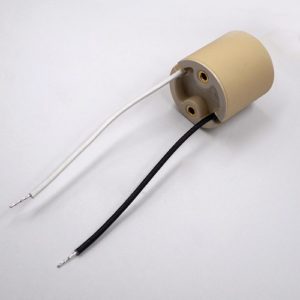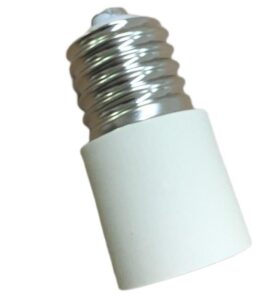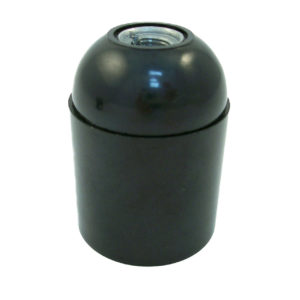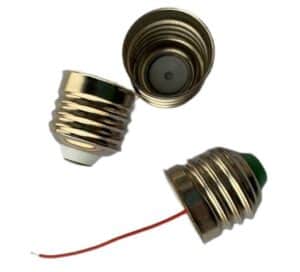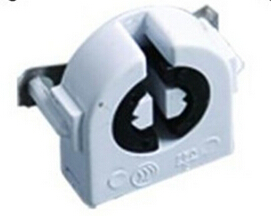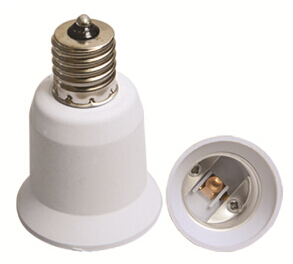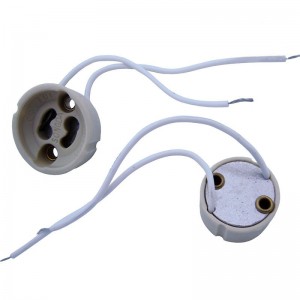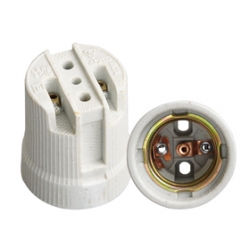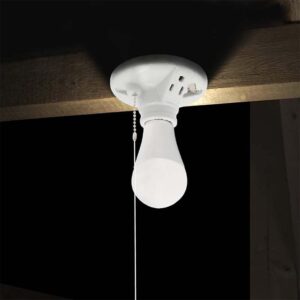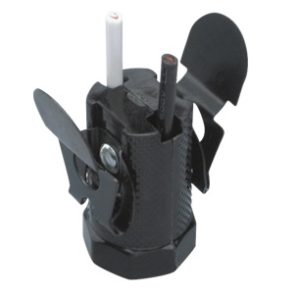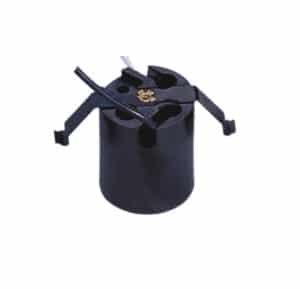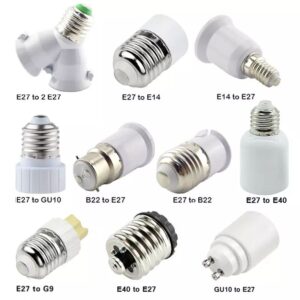When you think about the electronic devices or lighting fixtures in your home, it’s easy to overlook the essential component that brings them to life: the power cord. After all, without it, how would we harness electricity to light up our rooms or power our devices?
Indeed, power cords come in a variety of shapes, sizes, and configurations, each designed to serve a specific purpose. At James Lighting, we often encounter different types of power cords as our lamp holders primarily deal with lighting fixtures. Let me take you on a journey to understand the diversity and intricacies of power cords.
What are the main types of power cords?
Power cords can broadly be categorized based on their applications and design. This means that the cord used for a desktop computer might differ significantly from the one used for your bedside lamp. In our line of work at James Lighting, we’ve seen power cords that range from simple two-prong designs to more complex, multi-prong configurations. Understanding these distinctions is crucial, especially when ensuring the safe and efficient operation of the lighting fixtures.
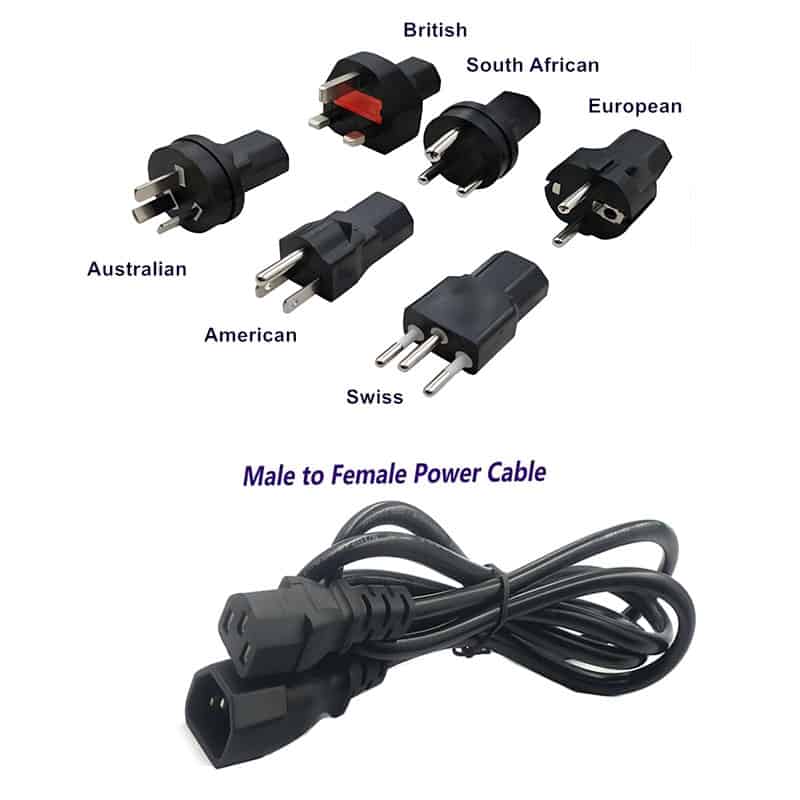
Why are plug shapes and sizes different across regions?
If you’ve traveled internationally, you might have noticed the power outlets and plugs vary from one country to another. This isn’t merely a design choice. Different regions adopted different standards based on their electrical systems and safety regulations. For instance, the US primarily uses Type A and Type B plugs, while European countries often use Type C or Type E/F. As a manufacturer, we need to ensure our lamp holders are compatible with these different cords.
How do voltage and frequency affect power cord design?
The voltage and frequency of electricity supplied can differ by country. North America, for instance, operates on 110-120V, while many European nations use 220-240V. These differences necessitate various power cord designs to handle the varying voltages safely. It’s paramount to use the correct power cord for your device or lighting fixture to prevent electrical hazards.
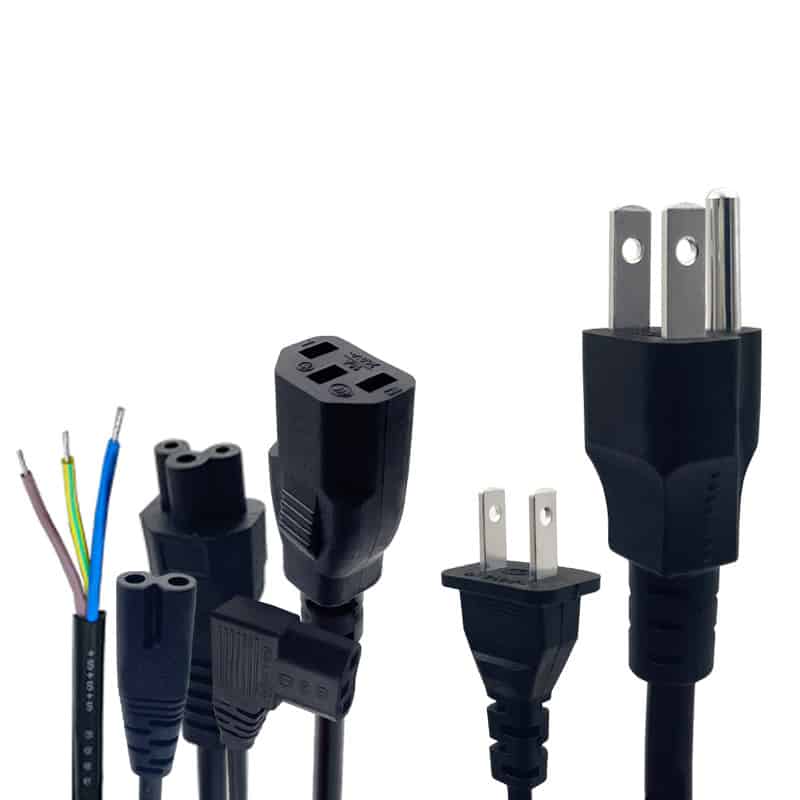
Why is the material of the cord important?
At a glance, power cords might seem similar in construction. However, the material from which a cord is made plays a pivotal role in its performance. Higher-quality materials like pure copper offer better conductivity, ensuring efficient power transfer. For our lamp holders at James Lighting, we always consider the material’s quality and its implications on performance and safety.
What are grounded and non-grounded cords?
Grounding is a safety feature that prevents unwanted electricity discharge, which can lead to electric shocks. Some cords have a third prong, primarily for this purpose. Grounded cords are generally safer, especially for high-powered devices. However, non-grounded cords are still common, especially for devices that draw less power, like some of our lighting fixtures. !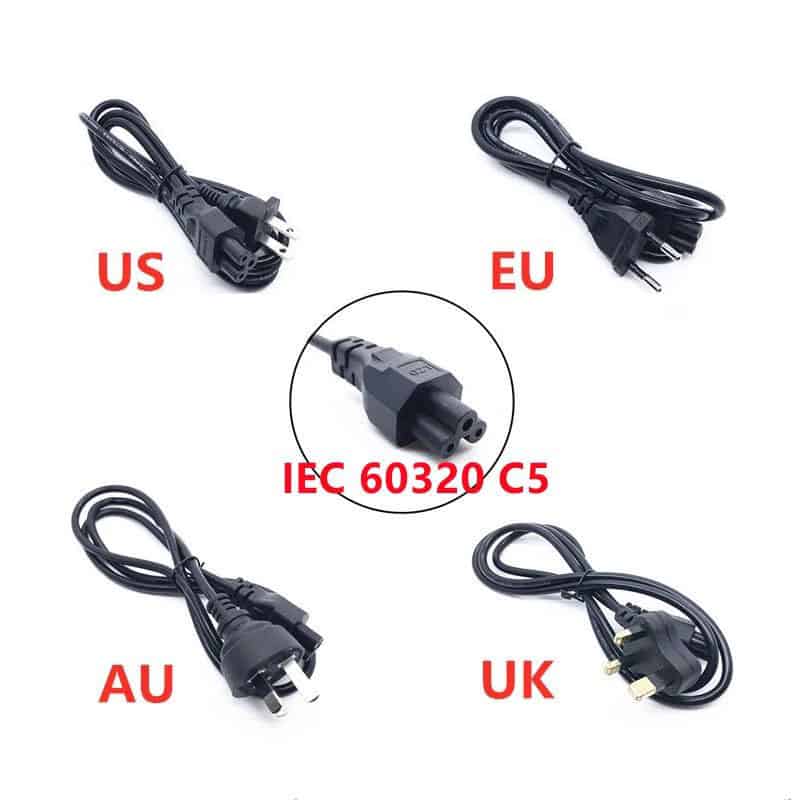
How do power cord gauges work?
The gauge of a power cord refers to its thickness, which directly affects the amount of electricity it can carry. A lower gauge number indicates a thicker wire. Choosing the correct gauge is essential for safety and efficiency. At James Lighting, we ensure our lamp holders are paired with cords of the appropriate gauge to handle their power requirements. !
Can power cords influence the quality of light?
Interestingly, the quality and design of a power cord can influence the performance of a lighting fixture. Fluctuations or interference can lead to flickering lights or inconsistent brightness. By using high-quality power cords, you ensure a stable current, which translates to consistent and reliable lighting. This principle guides our choice of power cords for all James Lighting lamp holders.
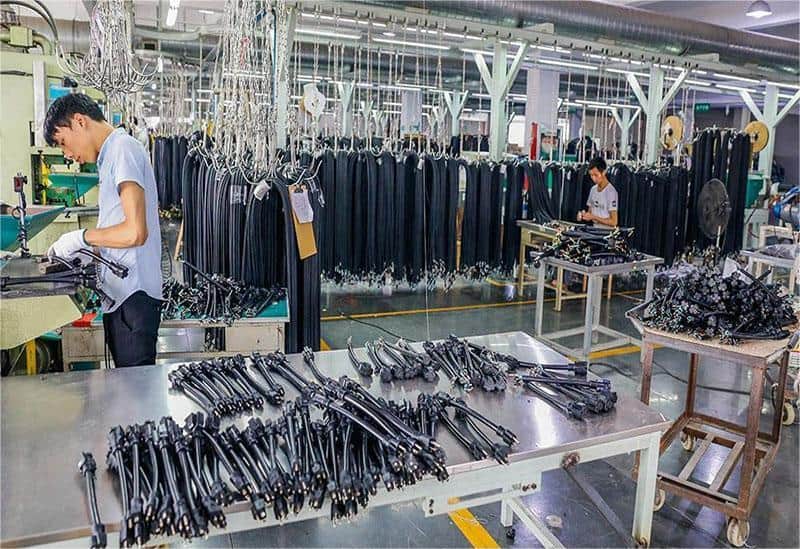
Conclusion
Understanding the nuances of power cords might seem trivial, but it’s integral to ensuring the safe and optimal performance of electrical and lighting devices. Whether it’s the type, design, material, or gauge, every aspect of a power cord serves a purpose.
At James Lighting, we’re committed to not only creating quality lamp holders but ensuring they’re paired with the right power cords. After all, in the world of electronics, it’s often the unseen components that make all the difference.

